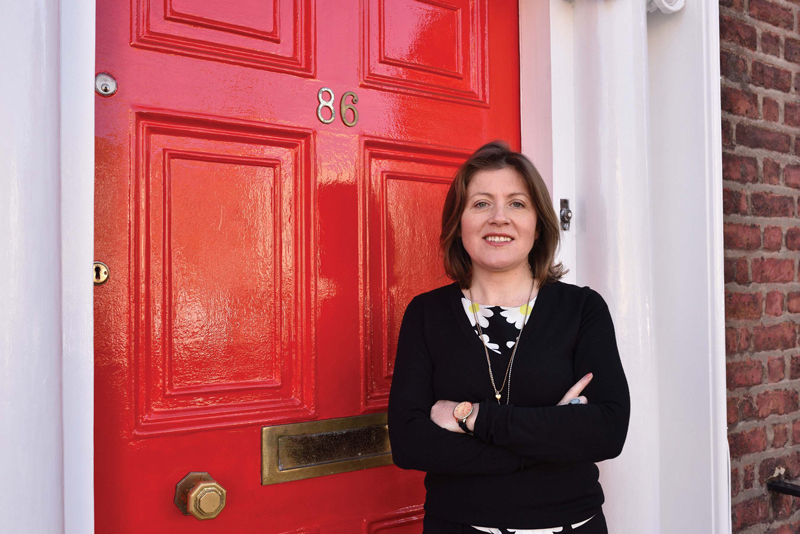More and more brands are introducing gamification into the marketing mix as they try to engage and reward customers, writes Nuala Canning.
Gamification-the use of game mechanics in a non-game context to drive engagement- is becoming standard practice in marketing and loyalty campaigns.
According to Gartner, 87% of North American retailers are planning to use gamification to engage customers in the next five years. Some70% of the top 2000 companies are using it right now.
Gamification means adding game-like incentives – or ‘game mechanics’ – to a marketing campaign to motivate more frequent play, deeper engagement and quantifiable changes in customer behaviour that impacts the bottom line for the business.
To a large extent, gamification leverages the same tactics of video games and their ability to get players addicted to virtual rewards. Successful gamification finds ways to turn tasks into a competition amongst players or customers by building mechanisms for achievements (real and/or virtual rewards) and public competition (where users are recognized for winning).
Coors Light – The Great Rocky Mountain Game is a great example. The game allowed fans to win daily prizes as they navigated their way through the Rockies. The game had over 50,000 players, playing more than 400 days and 13 hours.
Gamification can also play a role in a larger loyalty strategy. Like all loyalty programmes, its primary objective is to engage customers and encourage a change in their behaviour and ultimately to improve profits.
“Loyalty marketing is all about fostering engagement with customers,” explains Dennis Armbruster – MP in LoyaltyOne Consulting. “That’s why gamification is among the hottest trends in loyalty. It can be a compelling tool for early engagement and can act as a strong non-transactional engagement approach. To be sure, creating engagement with game design can be simple or complex, but the unparalleled rewards are apt to include increased customer activity, retention and advocacy.”
Topaz’s “Play or Park” achieves this with a very simple mechanic. Here customers are encouraged to play for a chance to win a car or a holiday of a lifetime. It also offers ‘rewards’ such as free coffees and sandwiches when customers use up their points by playing.
A lot of gamification campaigns have been designed and built by digital agencies. However, there are some very interesting platforms that allow brands to build and integrate gamification into their existing websites, app or indeed Facebook.
These platforms can help reduce a reduce costs and while also increasing the speed of deployment. Hooptap is one such company. It provides gamification technology specifically designed to allow brands to increase and monetize the engagement with their customers.
Hooptap is a technology platform that helps companies to create branded web, and mobile apps focused on achieving a stronger and more profitable relationship with their audience.
It has over 100 different modules and around 50 different game mechanics. It also offer second screen and audio recognition technology for the TV industry that allows for perfect synchronization of content. Hooptap’s content management system allows managing of content inside the app remotely and in real time.
So what does research tell us about how loyalty programmes can be successfully gamified to improve response?
Gregory Ciotti, author of Sparring Mind, believes that there are three key steps that businesses can take when implementing gamification.
The first is to set a clear goal and that goal must be aligned to the marketing or loyalty objectives. There must be a finish line in sight, so customers know exactly what they need to do to achieve that goal.
Secondly decide what customers should do to progress. For example, there could be different levels of achievement based on specific tasks. Again, these tasks will be aligned to the behaviour that you want to reward. Examples of this behaviour could be sharing content on social media, learning information on new products or simply purchasing more products.
Finally, pitch the advancement to different levels as a bonus. The reasons for advancement can be simple, such as a bonus for new user sign up, but it is important to communicate to the customer why you’re giving them the bonus points.
Zach Grossman, marketing strategist at Perka has the following tips:
The social-communal factor: Many successful games are viral and social, encouraging frequent engagement and play, and spreading the word about the programme. In fact, this could constitute the reward. Share the content and receive a reward. For this reason, integrating social media into the loyalty programme is essential.
The recognition factor: Recognition is a big motivator in successful games, so remember to show customers how they are progressing towards earning a reward. That means structuring your program levels so that goals feel within reach. Leader boards can play a great part in the recognition factor.
The time factor: Get new members winning quickly. This can be achieved by rewarding for signing up or sharing content or playing level one that is relatively easy.
Challenging but achievable: Getting the right balance of challenge. The games must be achievable while also presenting a challenge.
The fun factor: Games need to be fun. Remember, winning a freebie gives customers enjoyment beyond the value of the free item.
Know your audience: It is important to use a game design that resonates with your demographic. There are lots of different types of game mechanics to consider from car racing to building a pizza to designing recipes.
There are many objectives to a loyalty programme, but ultimately it is about driving profits. Whether that is achieved through improving retention, increasing average spend on increasing market share.
Gamification can be integrated to transactional behaviour where it is possible to measure the direct impact of gamification on turnover. It is for this reason that gamification is playing an increasingly bigger in loyalty strategy.
Nuala Canning is managing director of Brandfire.
First published in Irish Marketing Journal (November 2015)© to order back issues please call 016611660





















